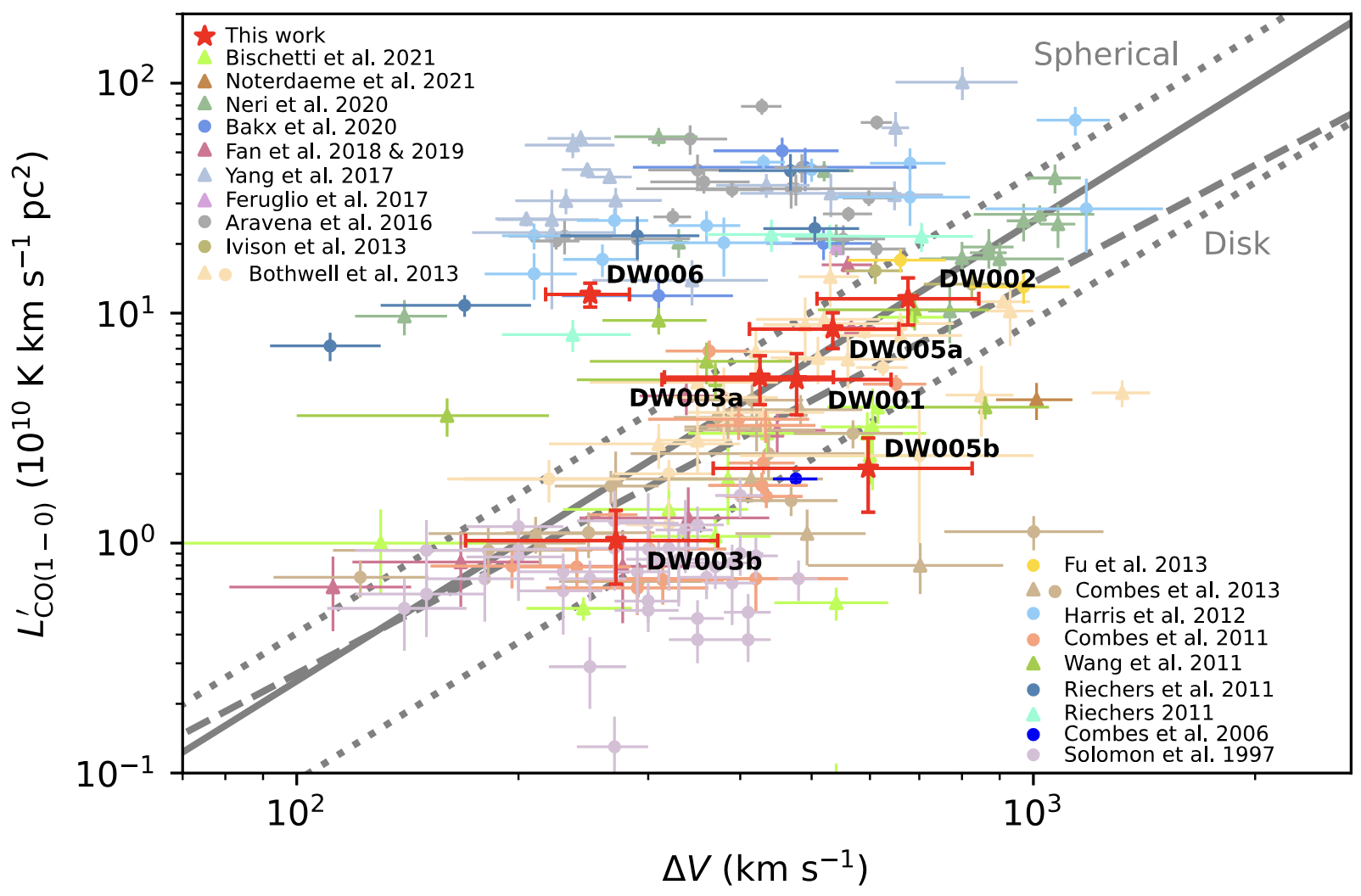Research interests
My research interests lie in observational extragalactic physics, particularly star formation in the high-redshift Universe and the evolution of supermassive black holes. I use various telescope data, ranging from UV/optical to far-infrared/mm, to investigate galaxy evolution throughout cosmic history, from the low-redshift Universe to the Epoch of Reionization.
I am currently working on the following two topics:
Dust-obscured star formation in the young Universe revealed by combining JWST PRIMER and ALMA
A significant fraction of star formation over cosmic history is obscured by dust, which absorbs UV light and re-emits at far-infrared/millimeter wavelengths. However, completing our census of cosmic star formation, combining the unobscured (UV/optical) and obscured (far-infrared/mm) star-forming galaxy populations has proved challenging due to the difficulties of combining datasets at very different wavelengths (and often different resolutions). Indeed, many dusty sources detected at (sub-)mm wavelengths have proved difficult to detect at short wavelengths, even with Hubble.
 (Click the image to visit JWST PRIMER website)
(Click the image to visit JWST PRIMER website)
However, the additional depth and near-infrared wavelength coverage delivered by JWST is now transforming this field. Aided by the excellent astrometric accuracy delivered by both JWST and ALMA, we use the (now complete) JWST PRIMER NIRCam+MIRI imaging in the COSMOS PRIMER field to identify the galaxy counterparts to 99% of the known mm-wavelength sources in the field, as revealed by the ALMA A3COSMOS database. Never before has such a large and deep mm-wavelength sample been essentially completely and robustly identified at rest-frame optical wavelengths, and we use detailed spectral evolution fitting to determine the redshift distribution and physical properties (star-formation rates, ages, stellar masses) of the dust-enshrouded population. Moreover, the mm depth and optical ID completeness of our sample enables us to set new constraints on the contribution of dust-enshrouded galaxies to the rise of star-formation density at early times.
Evolutionary status of starburst dusty unobscured quasars through multi-wavelength observations
Quasars are the most powerful stage in supermassive black hole evolution, and their feedback usually causes reduction of star formation and dust content in the host galaxies. However, a minor but non-negligible fraction of optical-unobscured quasars exhibits far-infrared excess, suggesting starburst and massive dust in their host galaxies. This population challenges current understanding of quasar evolution model, especially on how intense star formation coexists with active galactic nuclei. However, our identification of this population can be affected by observational effects, such as unresolved multiplicity and strong gravitational lensing.

We have used single-dish mm telescope IRMA-30m and interferometer NOEMA to observe molecular gas in samples of broad-emission-line SDSS quasars with HyLIRG-level Herschel SPIRE fluxes. Our works have confirmed that these systems are mostly unlensed and in a short transitional starburst phase. We also found velocity and spatial offsets between optical and mm observations, which may be a sign of relative motions between the nuclei and galaxies. Further study requires more state-of-the-art facilities to resolve them spatially and spectroscopically, such as ALMA and VLT.
